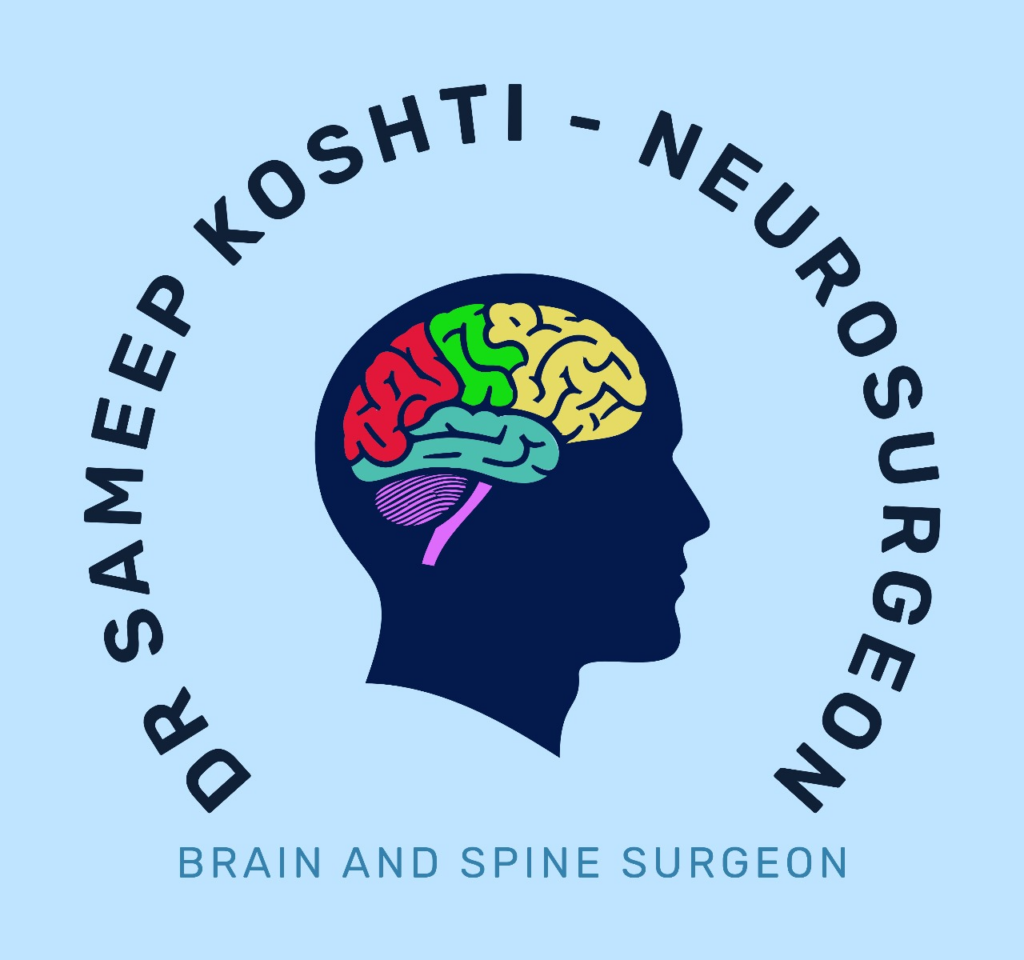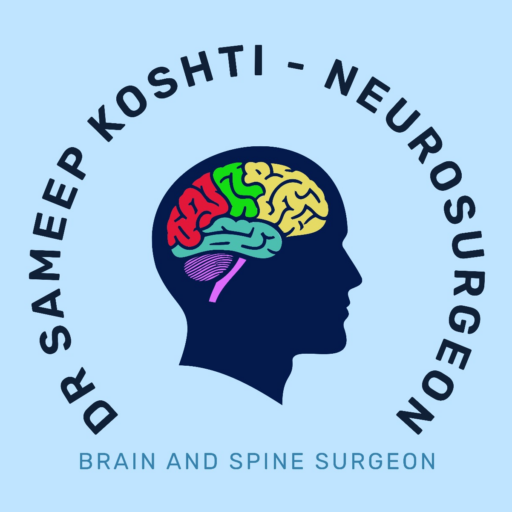Spina Bifida is a long-term condition where the spine doesn’t develop properly, affecting the spinal column. Understanding this condition is vital for families who may face it. Many families need answers when they hear the diagnosis, so here’s a guide for you!
Spina Bifida affects babies across the globe, and knowing its impact is crucial. Annually, thousands of babies are born with Spina Bifida, making it a significant concern worldwide. This guide aims to equip families and caregivers with the knowledge they need. Through this guide, we want to provide caring support for those handling Spina Bifida challenges. Let’s explore this condition further to help everyone involved feel more prepared and informed.
Grasping the Basics: Causes, Symptoms, and Types of Spina Bifida
Spina Bifida is a condition where the spine doesn’t form as it should. This may lead to various challenges, from movement issues to difficulties with learning. It’s crucial to know what causes it to offer the best care.
Spina Bifida causes can be diverse. Sometimes, it might be linked to family history or genetics. Other times, things like what the mother eats during pregnancy can play a role. If essential nutrients like folic acid are missing, the risk goes up. That’s why many doctors suggest taking vitamins with folic acid before and during pregnancy.
Recognizing spina bifida symptoms early can make a big difference. These might include bone problems or even fluid buildup in the brain. Each person with Spina Bifida might experience different symptoms. That makes individual care so important. Families should always seek medical advice if they notice anything unusual.
There are different spina bifida types. Myelomeningocele is the most common form, where some spinal nerves are outside the spinal column. There’s also meningocele, which is a less severe form. Lastly, there’s spina bifida occulta, a hidden form that might not cause symptoms. Each type requires its unique approach to care.
Knowing these basics helps families understand what they’re dealing with and how to manage it. With early detection and proper care, many children with Spina Bifida can lead happy, fulfilling lives.
Advancements & Management: Early Detection, Treatments, and Family Challenges
Knowing about spina bifida diagnosis is crucial. Doctors can sometimes spot Spina Bifida before a baby is born. Prenatal screening, including special tests like ultrasounds and blood tests, helps parents become aware early on. These can provide valuable insights during pregnancy.
Once spina bifida diagnosis occurs, families should learn about spina bifida treatment options. Over recent years, there have been big advancements in treatments. In some cases, surgery can correct some spinal issues or relieve pressure in the brain. Other times, physical therapy can help babies and children move better.
Medical care is a team effort. Families play a crucial role in a child’s care. Often, caregivers work with doctors, therapists, and educators. This team approach, sometimes called multidisciplinary care, ensures every aspect of a child’s development is considered.
Some myths about Spina Bifida persist, making it important to clear up misunderstandings. Many people think it’s untreatable or always leads to severe disability. In truth, many people with Spina Bifida can lead active, happy lives. They might attend school, play sports, and even work as adults.
Overcoming these myths requires understanding and support from the entire family. It’s about embracing each challenge and not letting myths dictate outcomes.
The role of the family is perhaps most important. They must manage day-to-day challenges, from school support to healthcare visits. A family’s love and support make a significant difference, enhancing a child’s confidence and potential.
For families, understanding these aspects helps them navigate daily life with Spina Bifida effectively. By staying informed, families can advocate for their child’s success and ensure they get the best possible care.
Thriving with Spina Bifida: Empowerment, Support, and Future Planning
Living with Spina Bifida means navigating unique daily challenges. Children might face hurdles with movement or need aid at school. But with determination, they can shine in many areas, from academics to hobbies.
Having the right support is key. Surrounding yourself with knowledgeable doctors, dedicated family, and understanding friends forms a nurturing circle. Peer support groups can also offer valuable advice and comfort, creating bonds through shared experiences.
Planning for the future is another critical aspect. As children with Spina Bifida grow, they may face transitions into adulthood. Families should prepare for things like choosing careers or understanding legal rights in education or employment.
By equipping themselves with knowledge and connecting to available resources, families and individuals can face these transitions with confidence.
To facilitate ongoing learning and advocacy, many resources are available for families. Books, online communities, and local support groups offer guidance and shared experiences. Educating oneself ensures families and caregivers can navigate the Spina Bifida landscape as effectively as possible.
Armed with this guide, you can better handle the complexities of Spina Bifida and help foster a future full of possibilities for those affected.
Spina bifida is a birth defect where the spinal cord doesn’t form properly, leading to potential complications such as physical and neurological disabilities. It can range from mild to severe and may require lifelong care. Early diagnosis and intervention can significantly improve quality of life and prevent further complications. If you or a loved one are dealing with spina bifida or suspect a possible diagnosis, it’s essential to seek professional medical advice.
Dr. Sameep Kosthi, an expert in spinal health, offers specialized care and treatment options for managing spina bifida.
Don’t wait—consult Dr. Sameep Kosthi today to receive the best possible care and support.



